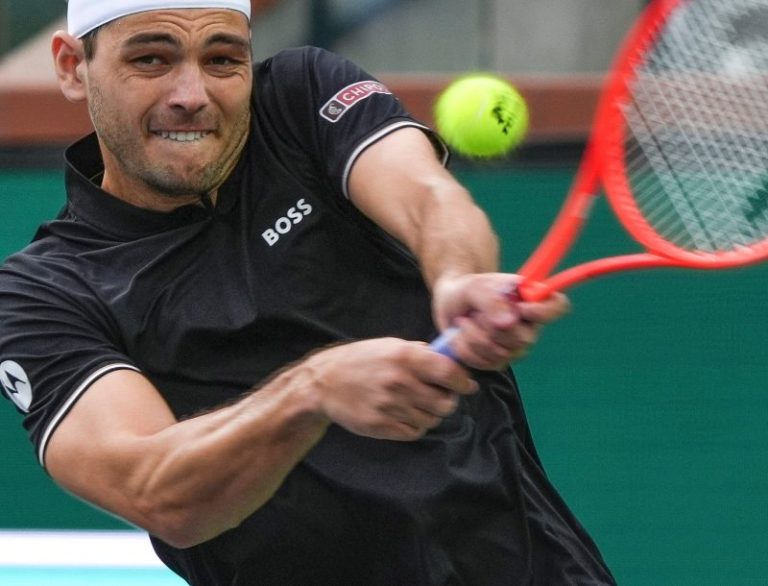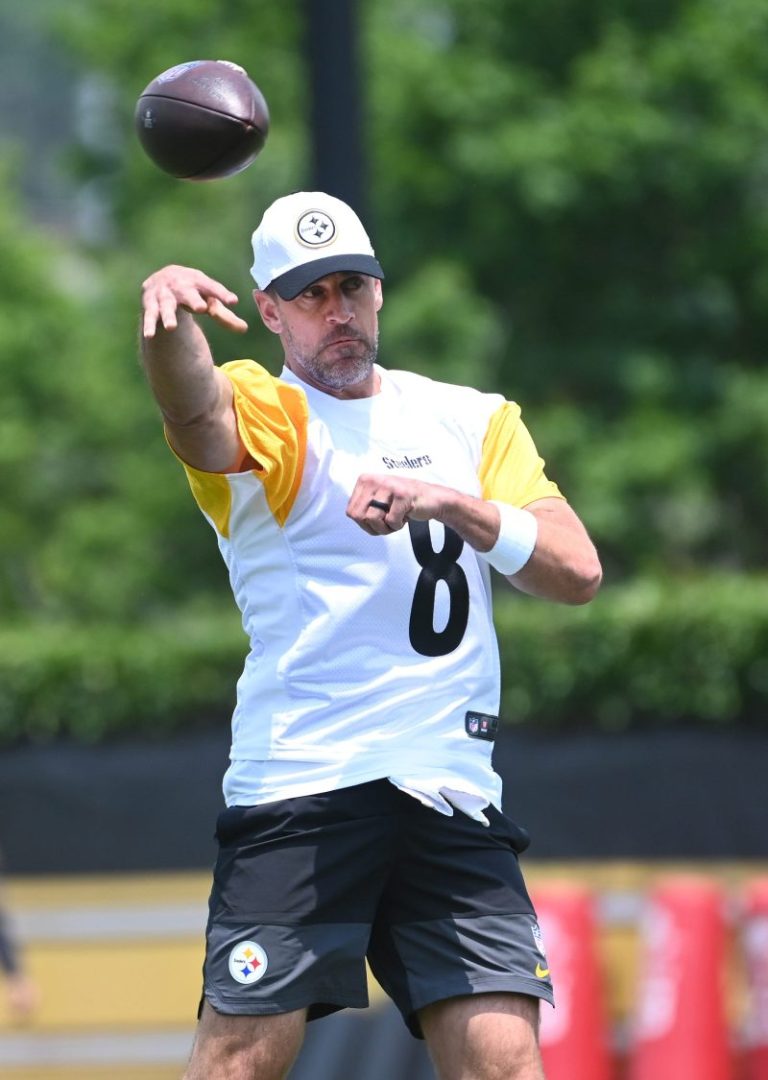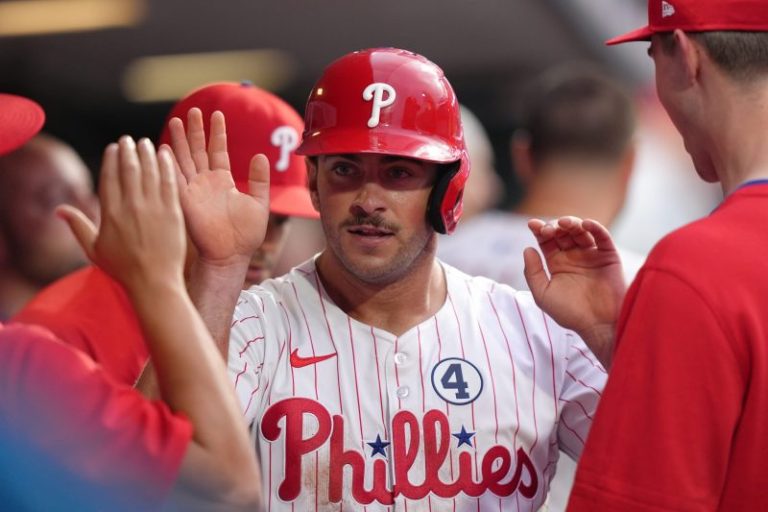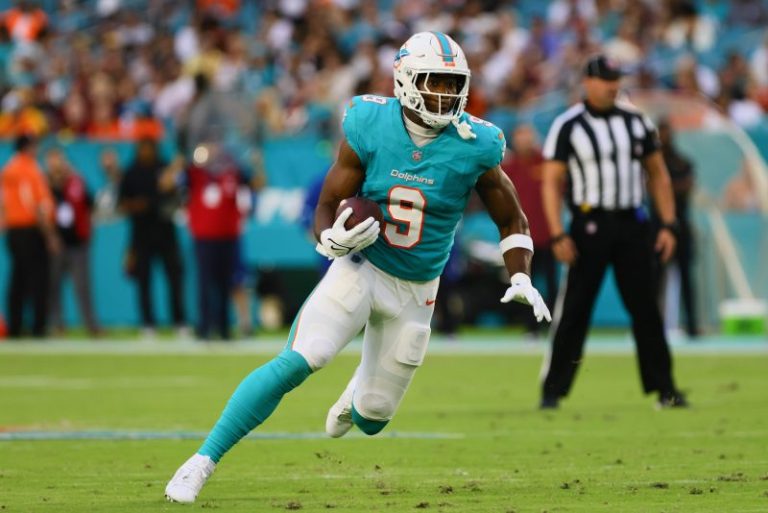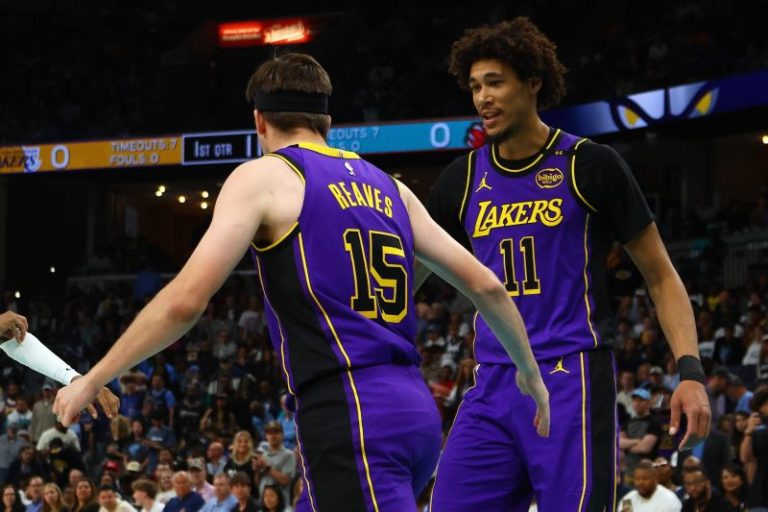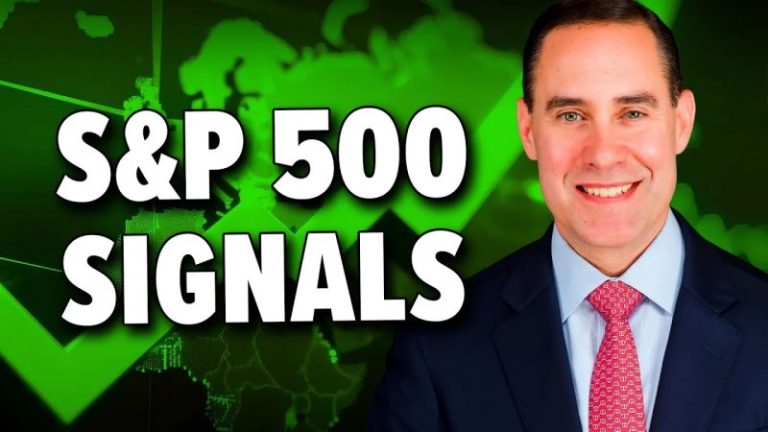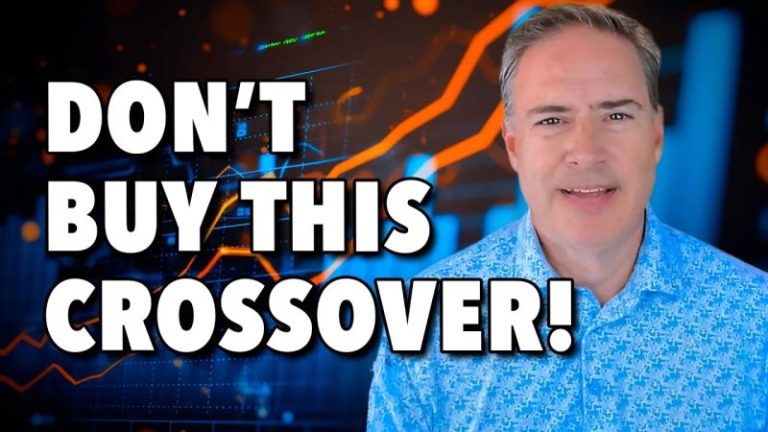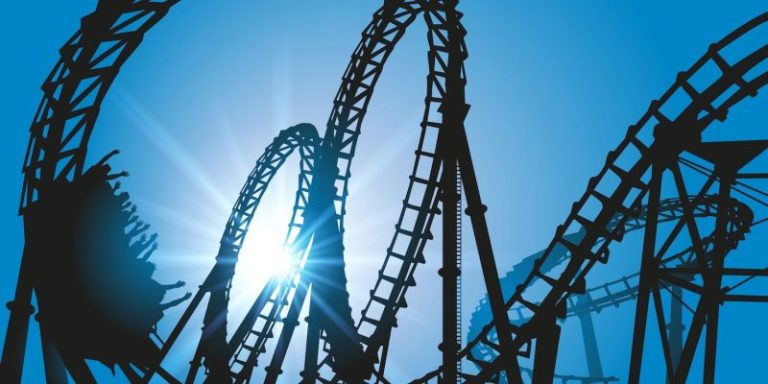PHILADELPHIA — Whether it was during his famed playing career, managing days or in his current advisory role with the Philadelphia Phillies, Larry Bowa has seen his fair share of baseball.
That makes it even more impressive that Otto Kemp’s performance since his recent call-up stood out.
‘He works for everything. Nothing’s given to him. He does everything well. … He’s a baseball player,’ Bowa told USA TODAY Sports. ‘He’s a student of the game. He handles himself unbelievable.
‘If you want to think about it, all odds are against him never getting drafted.’
The odds, in fact, were against Kemp from the jump. Signed as an undrafted free agent by the Phillies following the 2022 MLB Draft out of Division II Point Loma Nazarene University, Kemp has extended his fill-in opportunity by becoming a consistent – and much-needed – presence in the lineup.
‘It speaks to just going one day at a time,’ Kemp told USA TODAY Sports. ‘I truly believe that you have opportunities every single day and as long as you take advantage of those opportunities, work your butt off and do everything that you can on that day, you rinse and repeat and do it the next day, you’re going to end up in a good spot.’
Kemp’s uphill battle to the big leagues started slow as he had only reached High-A by the end of his first full minor league season. On top of his inner support group, one thing kept Kemp’s mindset of reaching the Majors in check: the Phillies being the only MLB team to see something in him.
‘I hold onto that because you need chips as a player,” Kemp said. ‘You’ve got to have a why.’
Kemp attributed it to a mixture of adjustments at the plate, seeing the work over the two previous seasons paying off and then growing in the mental side of the game.
‘At that point it became like, ‘Okay, this dream is real and this dream could be a reality soon. So, how do I put myself into the best possible perspective and mindset as we go to exceed?’ It was just the combination of the both that got me pushing me over the edge.’
Kemp carried that momentum into the spring as a non-roster invitee for spring training, and then to Lehigh Valley where he got off to a hot start for the Phillies’ Triple-A affiliate. A .330/.421/.711 line in April made Kemp a candidate for a call-up.
Noted by The Athletic’s Matt Gelb, with his call-up Kemp became the first non-foreign undrafted hitter signed by the Phillies to reach the majors with the club since Jeff Grotewold in 1992.
He further made history with his first career knock against the Chicago Cubs on June 9, becoming the first Point Loma player to record an MLB hit. Two Sea Lions have made it to the big leagues, but both were pitchers.
Since his call-up, Kemp has split most of his time between first and third base. In 21 games, Kemp is hitting .264 at the plate with five extra-base hits. He hit his first career home run, a 3-run shot to left-center, on June 27. He increased his batting average from 18 points with a 2-for-3 night in Game 2 of a split doubleheader vs. the San Diego Padres on July 2, his first start since Harper returned from the injured list.
‘He’s a grinder, man,’ Harper told USA TODAY Sports.
‘It just goes to show it doesn’t matter where you are, where you play or anything like that. Scouts are going to see you as long as you’re playing well and playing hard. He had the opportunity to come in here and do his job and we’re fortunate he’s done that for us. He deserves the opportunity. He deserves the moment.’
Kemp’s production on the field has also gotten the respect of his manager, Rob Thomson, who like Bowa called him a ‘baseball player” in mid-June.
Those endorsements from a pair of baseball lifers have served as reassurance for Kemp, which has allowed him to ‘just go out and play.’
‘That’s what I try to be, to be a baseball player. I pride myself in trying not to be a one-trick pony and a guy that can only do one thing,’ Kemp said. ‘It just confirms that I just need to be myself and keep playing baseball the way I know how to.’
A way to keep himself in the lineup will be learning to play left field. But Kemp is viewing his new role as a true utility player.
‘However I can chip in is where I’ll chip in,’ Kemp said. ‘If that’s playing first for a game, if Bryce needs a day, or if that’s platooning in left, whatever it needs to be, I’m going to step in there and fill in whenever I need. … Whatever can help this team win some baseball games.’
Kemp is the first to admit that the outfield is a bit new for him. He only played the outfield nine times in his minor league career, seven of those in left.
‘I feel comfortable in the outfield. It’s just a rep thing and that’s the mentality behind it. As long as I’m aggressive out in the outfield, I can live with that,’ Kemp said.
The more positions Kemp plays, the more fun he has and is a better player for it.
“The more you understand all the positions on the field, the better off you’re going to be as a baseball player,” Kemp said.
It’s that mentality and willingness to do whatever is asked of him that makes Bowa certain of one thing about Kemp.
‘Whether it be (here or not) … He’s a big league player in my mind,’ Bowa said.
The USA TODAY app gets you to the heart of the news — fast. Download for award-winning coverage, crosswords, audio storytelling, the eNewspaper and more.
This post appeared first on USA TODAY


